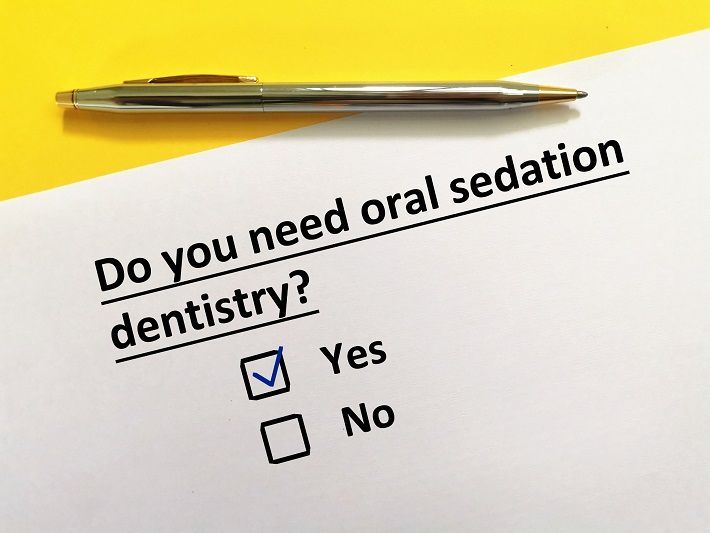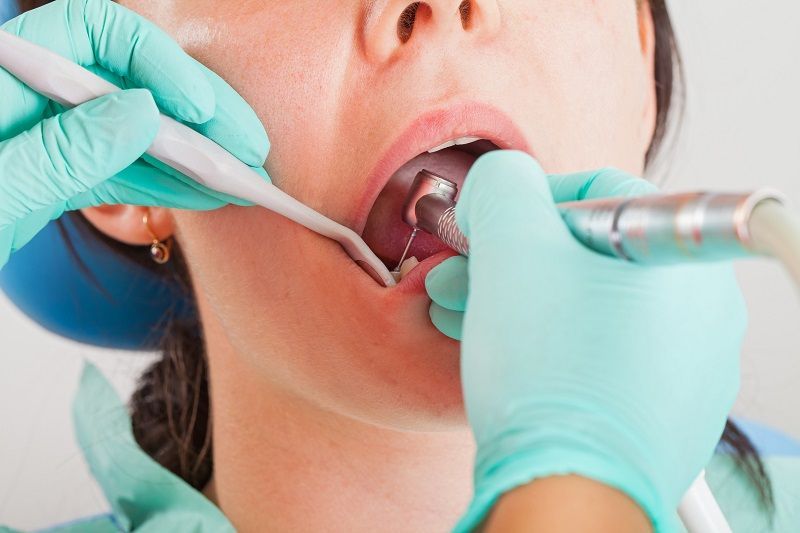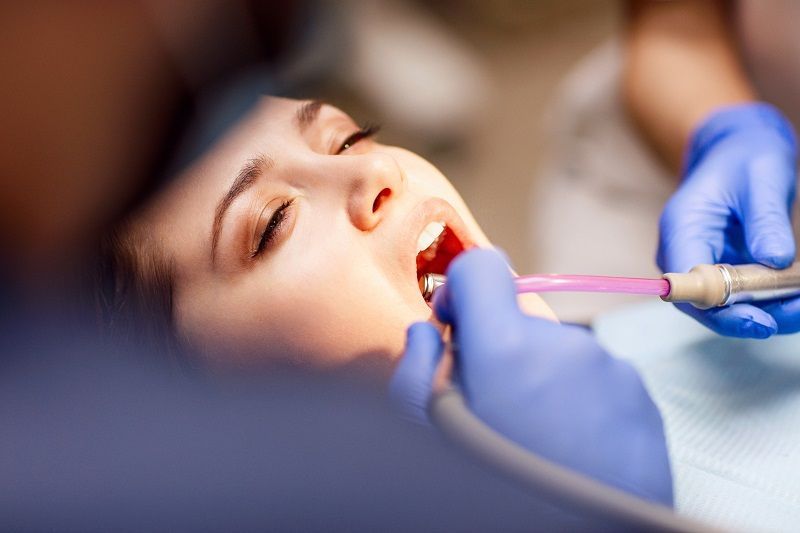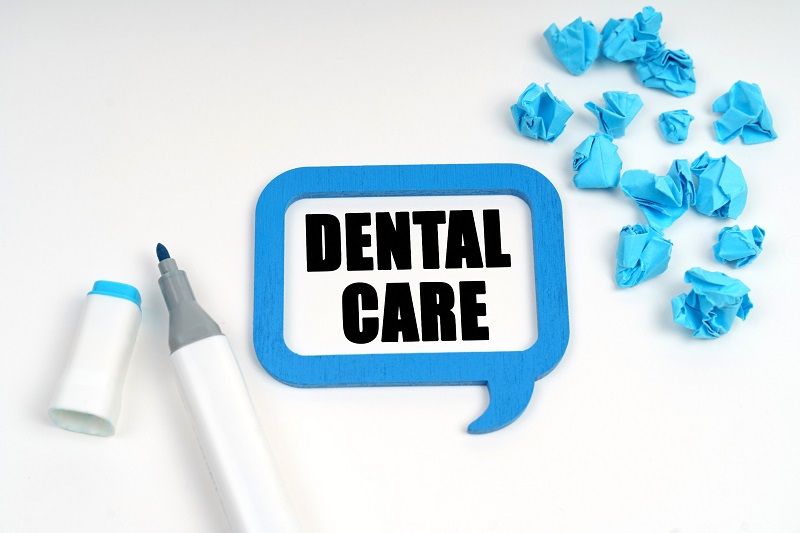Things to Know About the Anesthesia Used in Sedation Dentistry

Even though the word “anesthetic” is thrown a lot around in dentistry, very few actual patients know what anesthetics are about and how they are used. Learning about the actual substances used to put you to sleep during a dental procedure can be essential not only to put your mind at ease about them, but also when it comes to making a more informed choice.
Local anesthesia usually involves the use of a substance called novocaine – which you probably already heard of. This is the most widely used general anesthetic for mild dental procedures, and it’s normally used for root canal, dental crown placement, extractions and several other types of procedures.
A popular type of method used in sedation dentistry is also nitrous oxide, or laughing gas. This inhalable gas is a good option for a painless and comfortable introduction to sedation, along with other substances used for sedation such as valium, propofol and midasolam.
Sedation dentistry can help greatly reduce stress and nervousness, alleviate or eliminate pain, and even put the patient entirely to sleep for more advanced surgeries that require considerable work. In the case of sedation the dosage has to be very carefully measured and administered correctly, which is why expert recommend you opt for a certified sedation dentist before considering any procedure that involves actual sedation.











